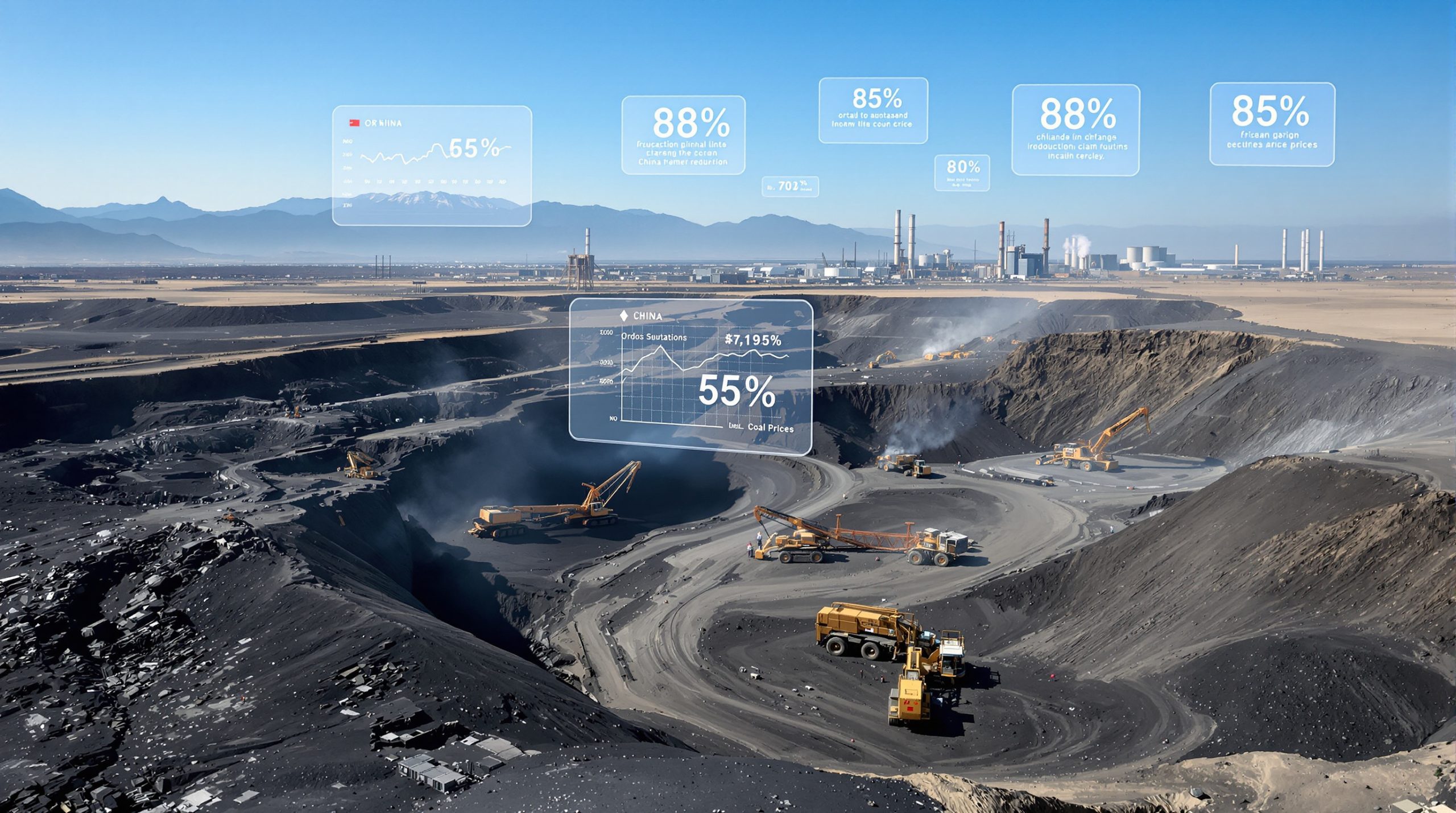What Are the Current Metal Import Tariffs in the United States?
The Trump administration's imposition of a 25% tariff on aluminum imports, including those from Canada, marked a pivotal shift in U.S. trade policy. Justified under Section 232 of the Trade Expansion Act of 1962, these tariffs on metals imports were framed as necessary to safeguard national security by reducing dependence on foreign metals. The policy, enacted in early 2025, extended to critical minerals, with a new probe ordered to evaluate the security risks of copper imports. Critics argue that the national security rationale is tenuous, particularly for allied nations like Canada, which has historically maintained integrated supply chains with the U.S.
Key Metals Affected by Current and Proposed Tariffs
Aluminum and steel remain the primary targets of existing tariffs, with aluminum imports from Canada bearing the brunt of financial penalties. The proposed expansion to copper—a metal critical for renewable energy and electronics—has raised alarms, given that Chile alone supplies 70% of U.S. refined copper imports. Understanding copper price dynamics becomes crucial as these tariffs threaten to reshape global markets. The inclusion of critical minerals, such as lithium and rare earth elements, underscores the administration's broader strategy to reshore supply chains for emerging technologies.
How Are US Companies Being Impacted by Metal Tariffs?
Alcoa's $20 Million Loss from Aluminum Tariffs
Alcoa, the largest U.S. aluminum producer, reported a $20 million loss directly attributable to the 25% tariff on Canadian aluminum. CEO Bill Oppinga emphasized that the tariffs disrupted the company's sourcing strategy, as Canada accounts for over 60% of its raw material imports. Despite collaboration with partners to mitigate supply chain interruptions, Alcoa warned that prolonged tariffs could jeopardize 100,000 jobs across manufacturing sectors reliant on affordable aluminum.
Broader Economic Consequences for US Industries
Downstream industries, including automotive and construction, face escalating production costs due to higher metal prices. For example, automotive manufacturers have reported a 12% increase in material costs since the tariffs' implementation, prompting concerns about consumer price inflation. The National Association of Manufacturers estimates that tariffs on metals imports could reduce U.S. GDP growth by 0.5% annually if maintained through 2026.
Which Countries Are Most Affected by US Metal Tariffs?
Canada as a Primary Target
Canada, the largest exporter of aluminum to the U.S., has faced severe economic strain due to the tariffs. Bilateral trade tensions have escalated, with Canadian officials threatening retaliatory measures targeting U.S. agricultural exports. The integration of North American supply chains, particularly in automotive manufacturing, has been disrupted, forcing firms to reconsider just-in-time inventory models.
Chile, Canada, and Peru's Copper Export Concerns
Chile, Canada, and Peru collectively supply 94% of U.S. copper imports, with Chile dominating at 70%. These nations have formally contested the tariffs, arguing that their exports do not threaten U.S. security and instead bolster domestic industrial capabilities. Chile's Minister of Mining highlighted that 40% of its copper exports are destined for U.S. renewable energy projects, underscoring the strategic importance of unimpeded trade.
What Are the Global Economic Implications of Metal Tariffs?
BHP's Assessment of Trade War Impact
BHP, the world's largest miner, has warned that escalating tariffs could depress global growth by fragmenting trade networks. BHP's copper strategy has become increasingly important as the company navigates these uncertain waters. CEO Mike Henry noted that while BHP's low-cost iron ore production ($18/ton against market prices of $83/ton) insulates it from direct impacts, diminished demand from China—a key consumer of industrial metals—poses systemic risks. The company's Q1 2025 results revealed a 10% increase in copper output, yet volatility in copper prices (-15% YTD) reflects broader market uncertainty.
Volatility in Metal Commodity Markets
Copper prices have fluctuated widely amid fears of expanded tariffs, dropping to $8,200/ton in March 2025 before recovering to $9,100/ton by April. Conversely, gold prices reached a historic high of $3,313/oz, driven by safe-haven demand and a weaker U.S. dollar. Analysts attribute this divergence to investor anticipation of prolonged trade conflicts and potential recessions in major economies. Understanding the market dynamics insights can help investors navigate this volatility effectively.
How Are Mining Companies Responding to Tariff Uncertainties?
Cost Management Strategies
Mining firms are prioritizing operational efficiency to offset tariff-related costs. BHP's iron ore division, for instance, maintains a cost margin of $65/ton, enabling it to absorb price shocks. Companies are also diversifying supply chains, with Freeport-McMoRan expanding copper mining operations in Indonesia to reduce reliance on South American exports.
Industry Advocacy Efforts
Industry groups, including the Copper Development Association, are lobbying against tariff expansions, citing potential supply chain disruptions. Collaborative efforts with affected nations have resulted in joint submissions to the U.S. Department of Commerce, emphasizing the tariffs on metals imports economic fallout.
What Legal Challenges Exist to Metal Import Tariffs?
National Security Justification Disputes
Chile, Canada, and Peru have formally challenged the Section 232 designation for copper, arguing that their exports support U.S. infrastructure and energy projects. Legal experts suggest that the World Trade Organization (WTO) may rule against the U.S., as it did in 2023 when rejecting similar tariffs on steel.
Potential for Trade Disputes and Retaliatory Measures
Retaliatory tariffs on U.S. agricultural exports remain a credible threat, particularly from Canada. Trump's trade policies have created significant global tensions, with historical precedents, such as the 2018 EU countermeasures targeting Harley-Davidson motorcycles, illustrating the risks of escalating trade wars. The geopolitical market shift continues to influence investment strategies worldwide.
FAQ About Metal Import Tariffs
How Do Tariffs on Metal Imports Affect Consumer Prices?
Tariffs inflate production costs for manufacturers, which are often passed to consumers. The Bureau of Labor Statistics estimates that appliance prices have risen 6% since January 2025, directly linked to higher aluminum and steel costs.
Are There Exemptions to the Metal Import Tariffs?
Limited exemptions exist for critical defense-related applications, though the exclusion process is criticized for its complexity and delays. Temporary relief has been granted to semiconductor manufacturers reliant on rare earth minerals.
What Alternatives to Tariffs Could Protect Domestic Metal Producers?
Policy alternatives include federal subsidies for mining innovation and tax incentives for recycling infrastructure. The Department of Energy's $2 billion grant program for rare earth processing, launched in 2024, exemplifies non-tariff approaches to securing supply chains. According to the U.S. Department of Commerce, these alternative approaches could provide more sustainable long-term solutions.
Conclusion: The Future of Metal Tariffs and Global Trade
Potential Policy Developments
The U.S. may pivot toward targeted trade agreements with allies, replacing blanket tariffs. Ongoing reviews of critical mineral supply chains could lead to strategic stockpiling, reducing reliance on imports.
Long-term Industry Adaptation
Mining companies are accelerating investments in automation and renewable energy to lower production costs. Alcoa's $500 million initiative to expand domestic smelting capacity reflects broader industry efforts to align with reshoring policies. As trade dynamics evolve, the interplay between geopolitical strategy and economic pragmatism will dictate the legacy of tariffs on metals imports.
Want to Stay Ahead of Major Mineral Discoveries?
Discovery Alert's proprietary Discovery IQ model instantly notifies subscribers about significant ASX mineral discoveries across 30+ commodities, providing actionable insights before market movements. Explore how historic discoveries have generated substantial returns by visiting the Discovery Alert discoveries page and begin your 30-day free trial today.




